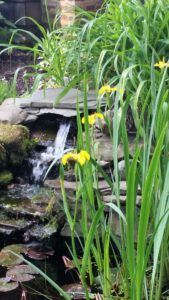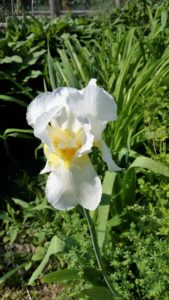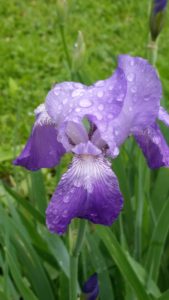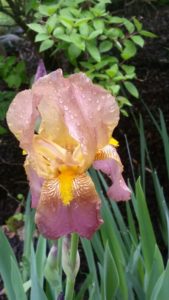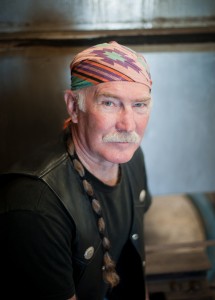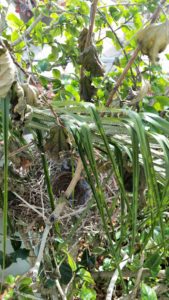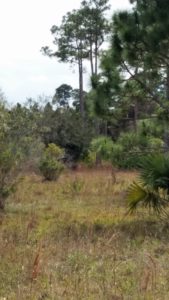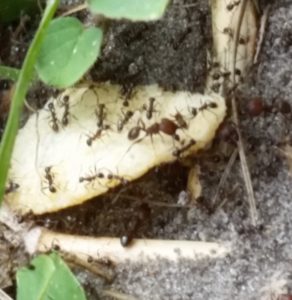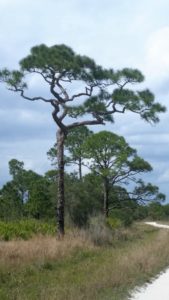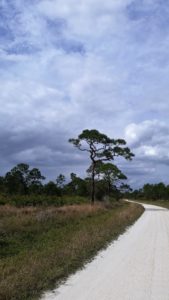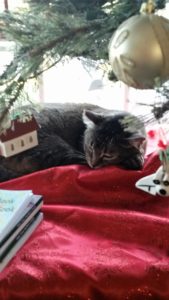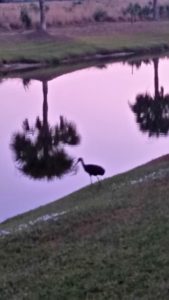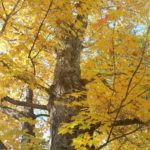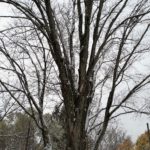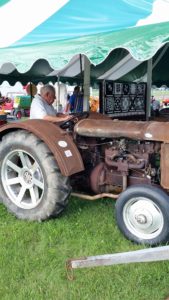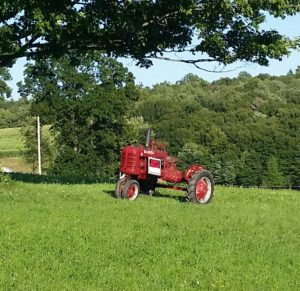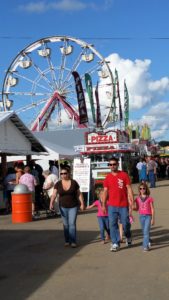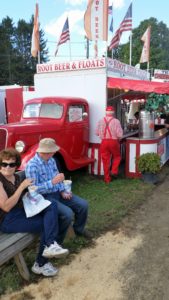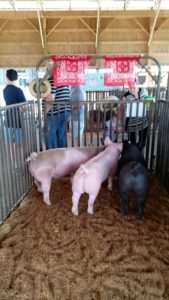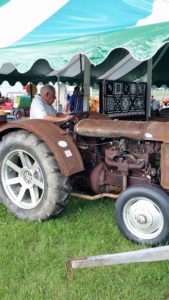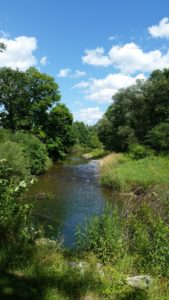I used to enjoy painting landscapes with watercolors. I find the creative process of painting is very similar to that of writing. A good painting does not come from a recipe, formula, or set of instructions. A good painting does not spring from prescribed colors laid down on a pre-constructed, numbered pattern. It comes from the successful transference of thought to canvas.
A painting likely starts with a few light pencil strokes to make a rough outline of the major objects intended. However, in a form of Japanese ink painting called Sumi-e, the artist is encouraged to sit before the intended subject and meditate before making any brush strokes in order that each one then fully captures the essence of the subject. No pencil outline is needed.
Writers vary as to whether they use an outline, or write from the seat of their pants. In either case, I think most writers have at least a mental outline of where the story is headed, and I think major story ideas have been tried out in the writer’s mind. I like to think story outlines are tentative suggestions to help the writer get started. The creative work comes later.
If the painter is satisfied with the rough outline on canvas, the painting begins. Heavier, bolder strokes begin to express the intended subject. Suddenly, there is a spark of life to the work. There is form, shape, even the suggestion of movement, if needed. Each stroke is critical for they express the concept the artist is attempting to communicate. They cannot be blotched, too heavy, too tentative, or shaky rather than confident and knowing. They must be just right.
Once the subject has been determined by these initial strokes, the background, shading, and form can be layered-in. Shapes are completed, objects are given greater depth, details are added to give the work authenticity. This is like the middle work of a story, the details that support the plot events and character-defining statements of the story are layered in to support the main plot and character points. The desired object is fleshed out and the work approaches closer to completion.
With details in place and the desired form and shading accomplished, there is still more work to be done. This is a particularly delicate stage because a single stroke too many can ruin the intended effect. An accent stroke left out can leave the final work lacking. A bit of hesitance, a sloppy addition and the work is ruined. But, amazingly, these few, final brush strokes bring the work to the point of perfection. It is finished, and nothing more can be done to improve it. Similarly, in a written story, a small wording change can bring a desired thought or action into bolder view. A single line of dialogue can better capture the intent of the conversation from the writer’s point of view. A stubborn sentence can be reworked to get rid of an awkward expression or fix a tempo-robbing pace. Beyond that, nothing can be improved. Of course for many of us writers, the written work is never completed to perfection. We are always tempted to try another minor word change. And that says nothing of the myriad changes an editor is likely to suggest, but the ideal remains.
So, the story must spring to life with the major plot elements. Our hero’s character must be developed and nuanced with meaningful dialogue and thought description. The plot must unfold as a live experience. It cannot be accomplished by forced and clumsy assertions and explanations. When you view a finished painting, every element is simply there, awaiting the viewer’s emotional reaction. A good story is simply felt. It is not necessary for the reader to first dissect the work to understand and experience the writer’s intent.
I think one can paint like a writer, and write like a painter, but how about living like a work of art. Is that even possible? I think some people do it. I ask myself whether my series protagonist, Bobby Navarro’s life would be like that. What are your thoughts? Now, I’d better get back to work in the garden while the sunshine lasts.
